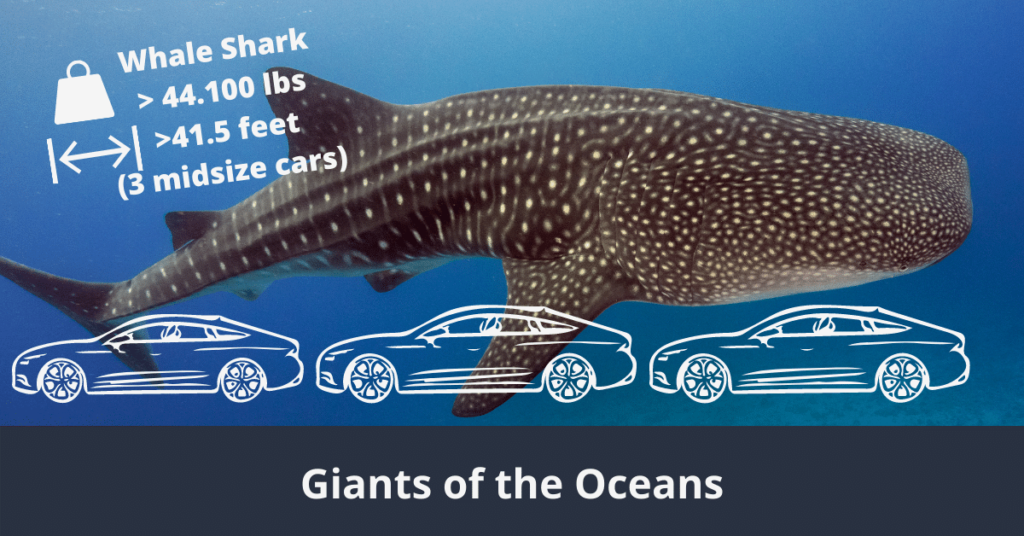The oceans are home to diverse creatures and vegetation. Marine creatures come in different colors, shapes, forms, and sizes. When it comes to weight and size, most people know the shark as the biggest fish. However, there are other fish species classified into the largest category based on their weight and size.
In this list, we have some of the top 10 largest fish in the ocean. Read on to learn more about the characteristics of the biggest ocean fish.
Everything you will learn here
Top 10 Large Sea Fish List
| 10 | Ocean Sunfish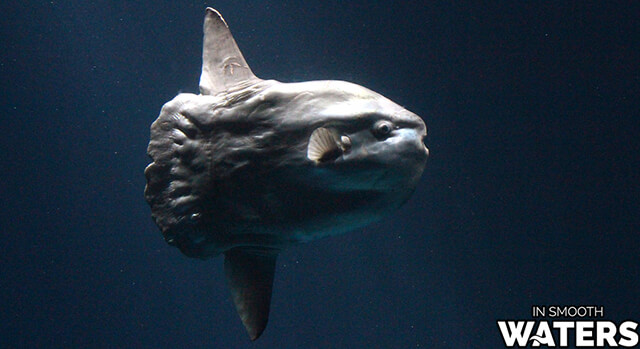 | 10.9 feet |
| 9 | Sharptail Mola | 11 feet |
| 8 | Beluga Sturgeon | 15 feet |
| 7 | Tiger Shark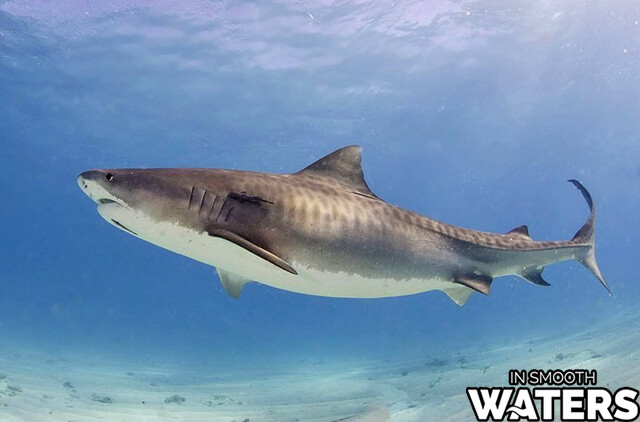 | 16 feet |
| 6 | Reef Manta Ray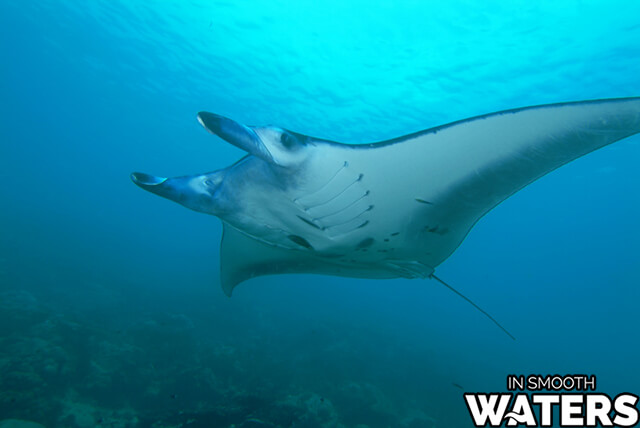 | 18 feet |
| 5 | White Sturgeon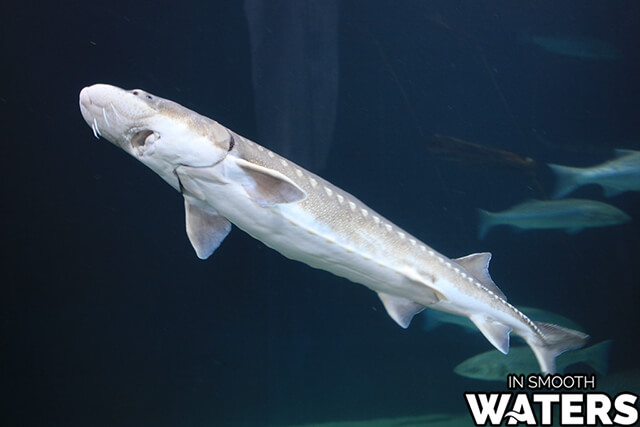 | 20 feet |
| 4 | Great White Shark | 20 feet |
| 3 | Giant Oceanic Manta Ray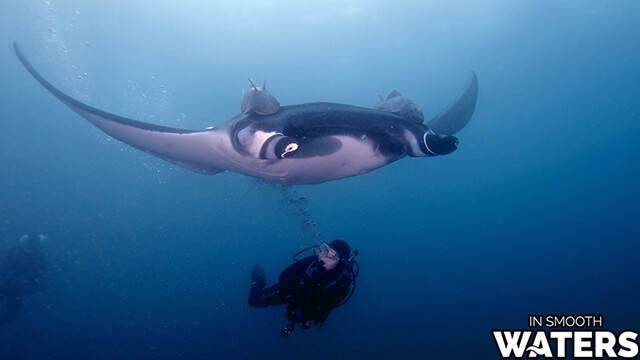 | 24 feet |
| 2 | Basking Shark | 26 feet |
| 1 | Whale Shark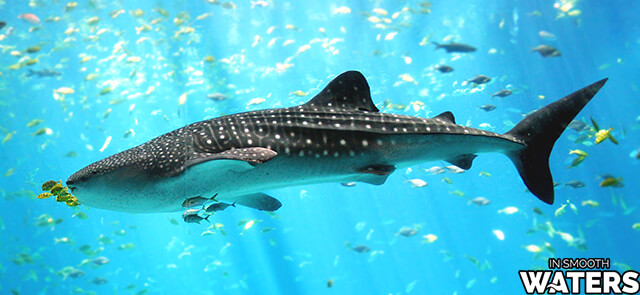 | 41.5 feet |
(If you want to know about the largest fish of freshwater, please click: Largest Freshwater Fish)
Biggest Fish in the Ocean List: Top 10 Large Ocean Fish Species
Some of the biggest ocean fish species include:
10. Ocean Sunfish: 10.9 feet
- Weight: 2,200 pounds
- Length: 10.9 feet

The ocean sunfish or Mola Mola is one of the heaviest bony fishes with a maximum weight of 2,200 pounds and a length of 10.9 feet. The fish species is common in temperate and tropical oceans.
Ocean sunfish consumes crustaceans, squid, small fish, and fish larvae. They also feed on sea jellies.
Some natural predators of the ocean sunfish include sharks, sea lions, and killer whales. Ocean sunfish are also prone to human threats as they are considered a delicacy in counties like Taiwan, Japan, and Korea.
9. Sharptail Mola: 11 feet
- Weight: 4,400 pounds
- Length: 11 feet

Sharptail mola is a fish species common in the temperate and tropical marine waters. It resembles the ocean sunfish, and the only difference is its pseudo tail.
The sharptail mola weighs close to 4,400 pounds and can grow to 11 feet long, making it one of the largest bony fishes. Adult sharptail mola feed on mollusks, crustaceans, fish, salps (a type of plankton), and medusae. Little is known about this fish species’ life history and biology.
8. Beluga Sturgeon: 15 feet
- Weight: 2,500 pounds
- Length: 15 feet

The Beluga Sturgeon is another large freshwater fish that can grow to 15 feet long and weighs over 2,500 pounds. This species is the only one that feeds on other fish and is classified as one of the biggest predatory fish on earth.
It has a black, greenish, or grey color and a white belly. Being euryhaline, this species can swim between fresh and saltwater freely. They consume crayfish, herring, baby seals, gobies, pike, perch, and freshwater/marine fish.
Beluga sturgeons are anadromous and a migrating fish species, which means that they spend part of their lives in saltwater before moving to rivers to spawn.
Beluga Sturgeon can live in excess of over 100 years. Unfortunately, this species is prone to human threats as it produces the most expensive caviar in the world. Overfishing has led to a decrease in the size of this species.
7. Tiger Shark: 16 feet
- Weight: 6,600 pounds (3 tons)
- Length: 16 feet

The Tiger Shark or the Sea Tiger is a popular species due to its aggressive tendencies and behavior. These sharks can grow to a length of over 16 feet and weigh about three tons. The species get its name from the tiger-striped markings all over. However, in adulthood, the sharks become a dark grey or blue-green color, with a yellow underbelly.
Unlike other sharks, tiger sharks eat different prey, including other marine creatures like crabs, dauphins, seals, stingrays, turtles, and squids. Sometimes they eat other sharks and can also consume man-made objects like weathered tires, pieces of boat, and bottles.
You’ll find these sharks in the open sea and coastal waters. Tiger sharks prefer warm temperate waters. They frequent lagoons and coral reefs as they prefer murky waters. Tiger sharks migrate seasonally, which means going to tropical waters in the winter months and moving to temperate waters during the summer.
Unfortunately, the tiger shark attacks humans and it’s responsible for the second-highest record of attacks on humans, ranking just after the great white shark.
6. Reef Manta Ray: 18 feet
- Weight: 3,100 pounds
- Length: 18 feet

The reef manta ray is different from the giant manta ray, but they are from the same species. They differ in spots pattern, color, and size.
Reef manta rays grow to 11.5 feet in width and they can achieve a maximum size of 18 feet. They can weigh close to 1.4 tons. The fish species is common in tropical and subtropical oceans. You’ll find this species in coastal and shallow habitats.
They can go for a short migration to follow zooplankton, but reef manta rays have sedentary behavior and can live in one wide area for a long time. Reef manta rays are filter feeders and mainly consume zooplankton.
Research shows that this fish species can live up to 50 years. What’s interesting is that reef manta rays have a few natural predators because of their huge size and speed in case of danger. They have a 24km/h escape speed. Tiger sharks and the killer whale are known to kill the manta rays.
(You might be interested in reading about the other Most Quickest Fish)
However, the IUCN lists the reef manta rays as one of the threatened species. Their population has decreased over the years due to overfishing.
5. White Sturgeon: 20 feet
- Weight: 1,800 pounds
- Length: 20 feet

White Sturgeon is ranked as one of the largest freshwater fish species in North America. This fish species is anadromous. An adult manta ray can reach 5.2 feet in length, though there are some reports of a maximum length of 20 feet. They weigh close to 1800 pounds. The female Sturgeon can live anywhere from 80 to 150 years, which makes it among the longest living Fish.
White sturgeons are popular in North American rivers, but they move to freshwater rivers to spawn. Adults consume a variety of prey that includes shad, goby, starry flounder, and herring.
Although there are no reports on the white sturgeon lifespan, research shows that this species can live around 35 years.
The fish is prone to the human threat from direct/indirect harvest, river regulation, the harvest of prey, the release of pollutants, and direct habitat loss.
4. Great White Shark: 20 feet
- Weight: 6,600 pounds
- Length: 20 feet

The Great white shark is about 13 feet in length, although some species extend to about 20 feet long. It’s among the 450 shark species and is also a threat to humans as it’s a predatory shark. These sharks play a huge role in the ocean, however, as they keep the balance of sea lion and elephant seals populations.
This species of shark weighs about 6,600 pounds and can live for 30 years. Contrary to popular belief, the great white shark doesn’t exactly prey on humans. They feed on rays and fish when young and on small whales, seals, and sea lions when they are older.
Many shark attacks involve great whites, but these sharks don’t hunt humans. Most shark attacks are likely a case of mistaken identity when humans swim near areas where great whites find their prey.
The great white shark has a lifespan of 70 years and can live in waters that are between 54 and 74 degrees Fahrenheit.
3.Giant Oceanic Manta Ray : 24 feet
- Weight: 3,530 pounds
- Length: 24 feet

The Giant Oceanic Manta Ray or the Manta Birostris grows to about 16 feet in length, although in some cases it can get to 24 feet. They have wings that allow them to glide through the water like a flying kite and weigh up to 3,530 pounds.
While this fish species is similar to the basking and whale shark, the only difference is their specialized flaps and the fact that they eat tiny plankton.
Oceanic manta rays are common in temperate, subtropical, and tropical oceanic waters and close to productive coastlines. They go through long migration and are known to visit cold waters for a short period.
Although the manta ray’s lifespan is not known, some reports suggest that these fish can live up to 40 years.
The common threat to oceanic manta rays is bycatch and targeted losses through commercial fishing.
2. Basking Shark: 26 feet
- Weight: 42,000 pounds (19 tons)
- Length: 26 feet

The Basking Shark or Cetorhinus maximum weighs close to 19 tons and can grow to 26 feet in length.
The shark got its name from the fact that it loves feeding when close to the water surface, hence the name basking.
Unlike the whale shark, the basking shark is a filter-feeder. That means these sharks strain suspended particles from their food and water. That is done by enlarging the mouth and passing water over rakers.
Basking sharks do not harm humans or other marine animals. Their diet mainly consists of shrimp, zooplankton, barnacles, and fish eggs.
This species is common in temperate oceans throughout the world. Basking sharks are plankton feeders, and they have a big mouth. These sharks have the smallest weight to brain weight ratio because of their passive temperament.
Unfortunately, basking sharks are a vulnerable species. The common threats include bycatch losses and heavy commercial exploitation for food. All these threats have made the sharks’ population size decrease.
1. Whale Shark: 41.5 feet (Biggest Ocean Fish)
- Weight: 441,000 pounds (20 tons)
- Length: 41.5 feet

The Whale Shark or Rhincodon typus weighs over 20 tons and can grow up to 41.5 feet. It’s the largest fish species in the ocean. Research shows that the biggest whale shark was 65 feet, although most are around 39 feet. Their backs have grey, white, and yellow checkerboard pattern and have flat heads with short snouts.
These sharks are common in warm-temperate and tropical seas all over the world. Whale sharks prefer water temperatures ranging between 68 and 77 degrees Fahrenheit.
Despite their massive size, whale sharks are not a threat to humans as they eat schooling fish, plankton, and squid. They strain them from the water with their long mouths and specialized teeth as they swim.
Although the whale shark’s lifespan is unknown, science approximates it to be 60 to 100 years. The IUCN labels this species as endangered. Factors threatening the survival of the biggest ocean fish include low multiplication rate, bycatch losses, and vessel strikes.
What’s the largest fish in the Ocean?
The largest fish in the ocean is the whale shark (Rhincodon typus), reaching up to 41.5 feet (12,50 meters) in length. They are filter feeders, consuming plankton and small fish. Whale sharks are found in tropical and warm-temperate waters worldwide, and are classified as vulnerable by the IUCN due to threats including habitat destruction, bycatch, and boat strikes. Conservation efforts are underway to protect these gentle, yet biggest ocean fish.
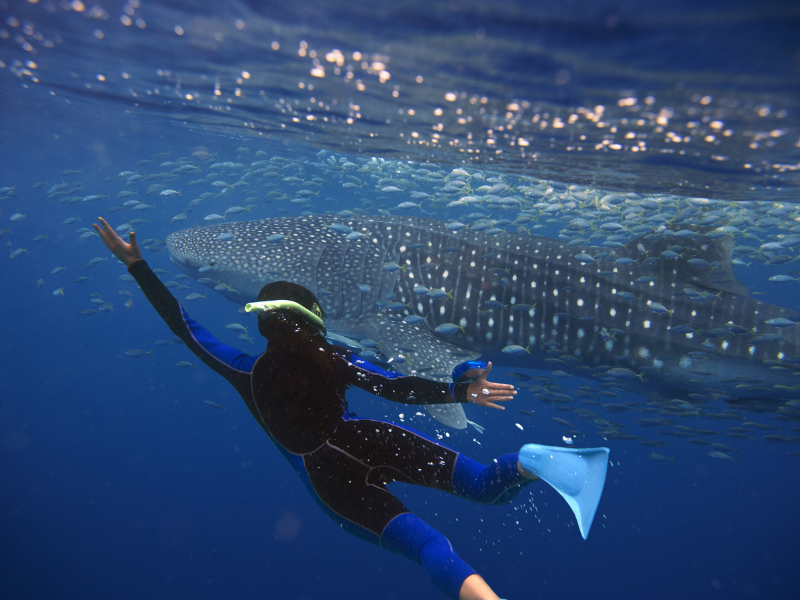

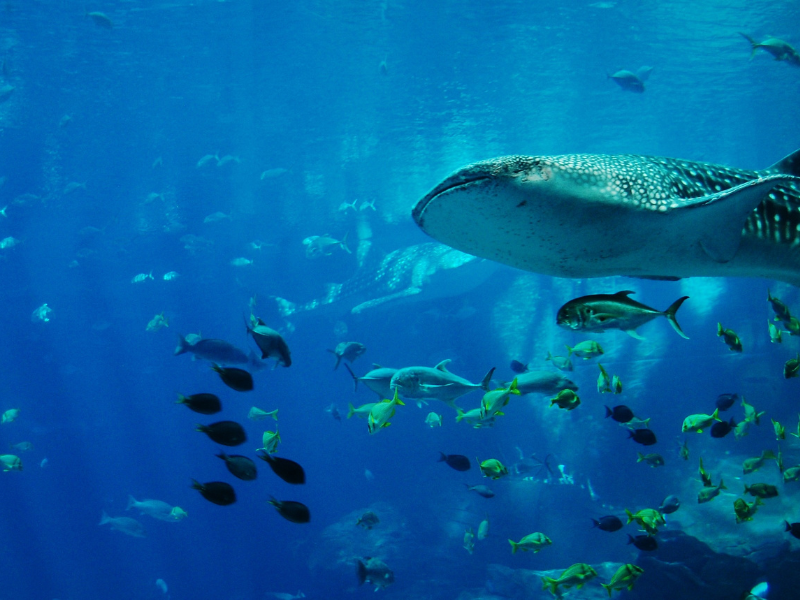
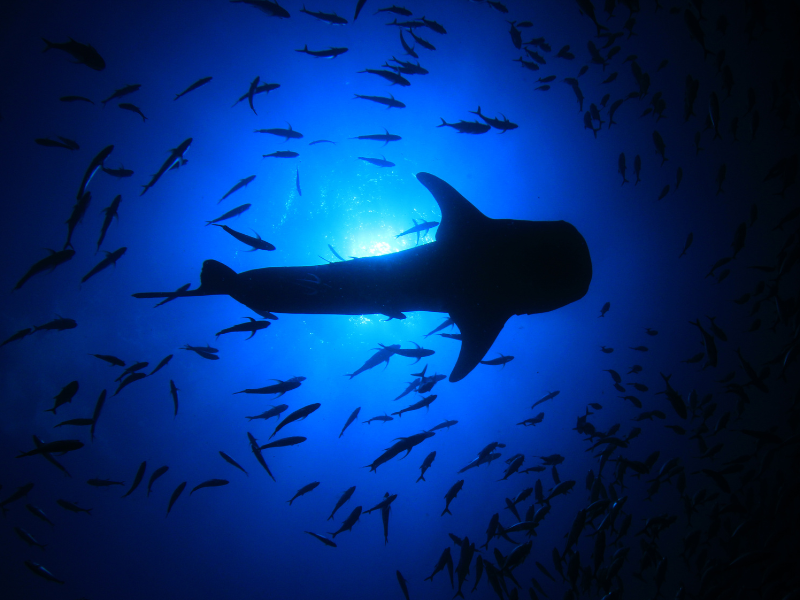
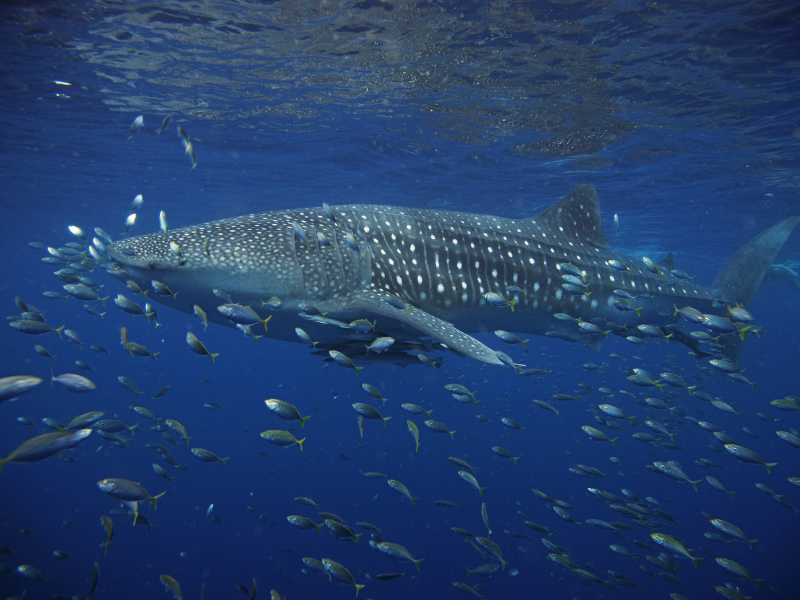
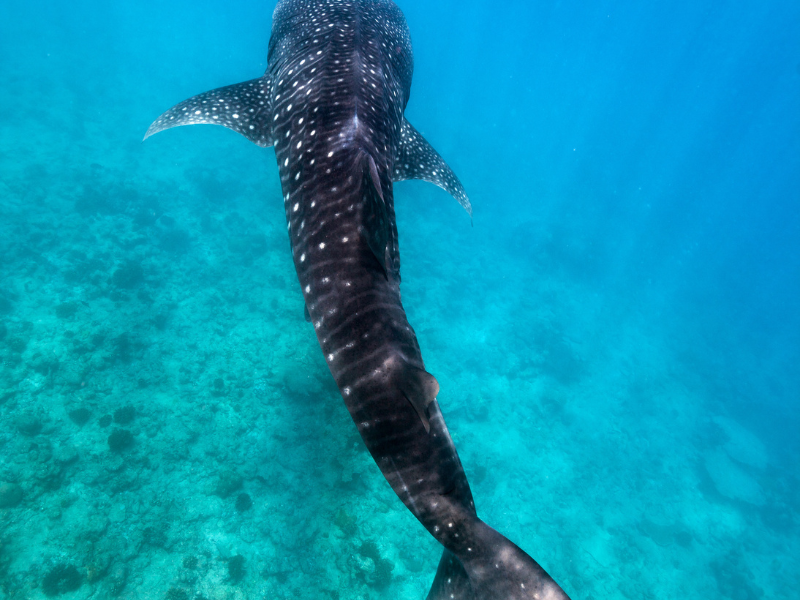
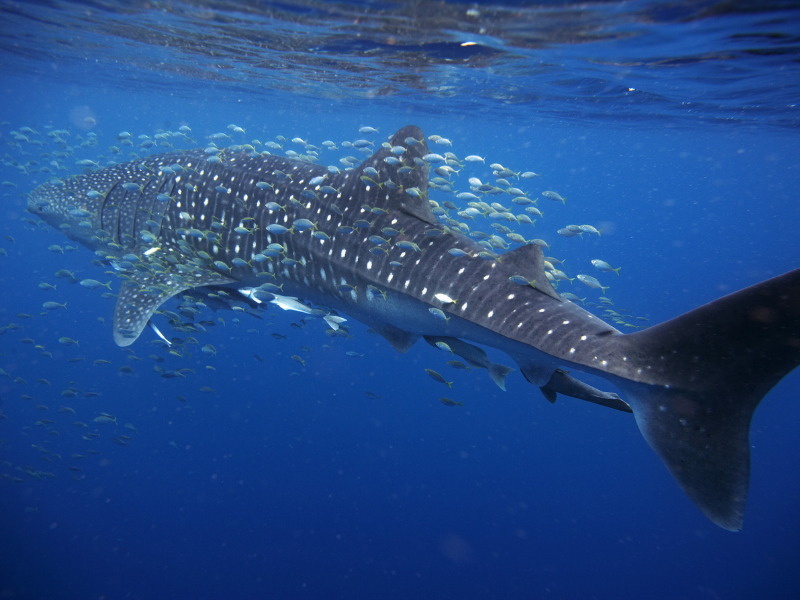

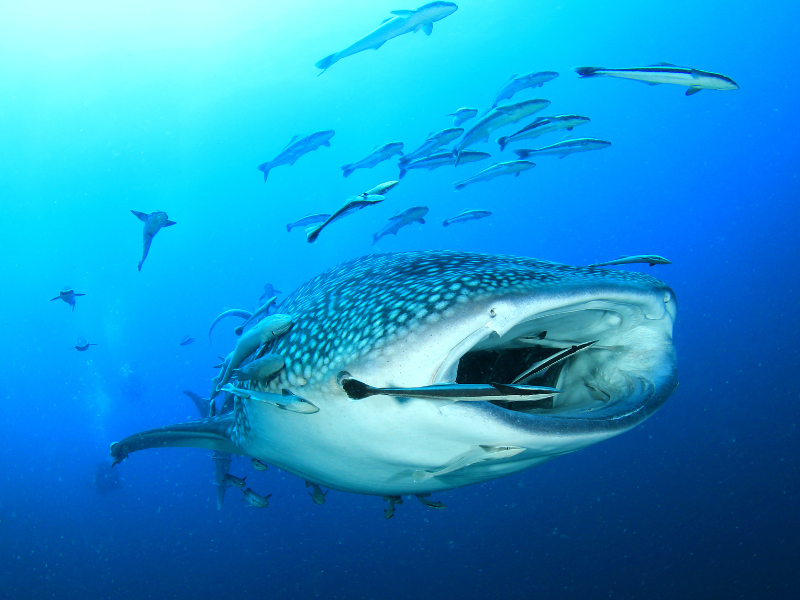
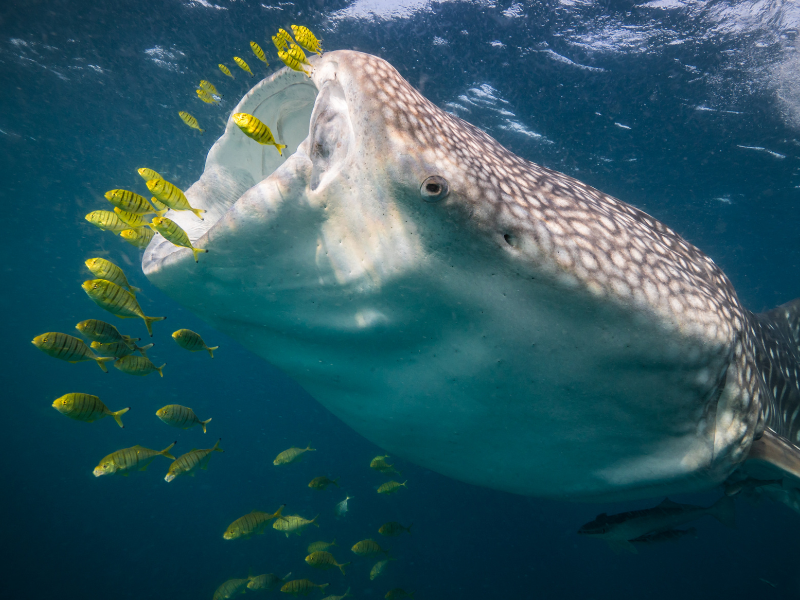
A Few Other Large Ocean Fish Species
- River shark
- Paddlefish
- Arapaima
- Hoodwinker sunfish
Wrap Up of the Biggest fish in the Ocean List
These are some of the fascinating large ocean fish species that are the largest in size and weight. While many of the biggest ocean fish are sharks, plenty of giant fish also lurk under both fresh and saltwater.

